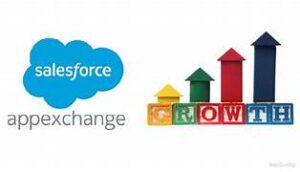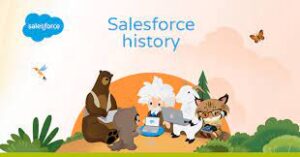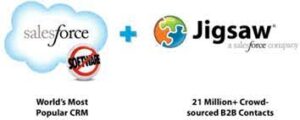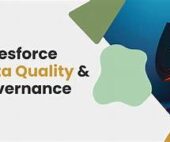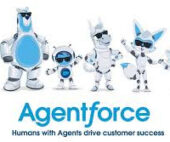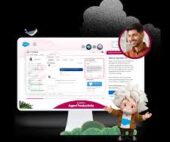Understanding Total Addressable Market (TAM): Calculation & Examples
Calculating your Total Addressable Market (TAM) is the cornerstone of a strong growth strategy, ensuring all teams work toward the same goals.
This metric represents your “blue sky” opportunity—the maximum revenue potential if you captured 100% of your market. Learn how to leverage TAM to refine your sales and business strategy.
What Is Total Addressable Market (TAM)?
TAM refers to the total demand for your product or service, measured either by the number of potential customers or the total revenue opportunity. It defines the full scope of your business opportunity.
Why TAM Matters
- Guides investment decisions – Helps assess whether a market is worth entering.
- Aligns teams – Provides a shared vision for sales, marketing, and product development.
- Attracts investors – Demonstrates revenue potential with data-backed insights.
TAM vs. SAM vs. SOM: Key Differences
While TAM represents the entire market, Serviceable Addressable Market (SAM) and Serviceable Obtainable Market (SOM) refine it into realistic targets:
- SAM – The portion of TAM you can realistically serve (e.g., based on geography or product limitations).
- SOM – The share of SAM you can capture, considering competition, production capacity, and other constraints.
Example: From TAM to SOM
Suppose you sell baseball bats in the U.S.:
- TAM: 20M potential customers × 60/bat=∗∗60/bat=∗∗1.2B**
- SAM: Only 5M customers are reachable with current distribution = $300M
- SOM: Competitors dominate 60% of the market, and you can only produce 200K bats/year = $12M
This breakdown helps prioritize growth strategies, such as expanding distribution or increasing production.
How to Calculate TAM
Basic Formula:
TAM = Total Potential Customers × Average Revenue Per User (ARPU)
Calculation Methods:
- Top-Down Approach – Uses industry reports and market research to estimate total demand.
- Bottom-Up Approach – Starts with existing sales data (e.g., average deal size × total accounts).
- Value Theory – Estimates willingness to pay based on perceived product value.
TAM Calculation Examples
1. Software Company
- Potential Customers: 30,000
- ARPU: $5,000/year
- TAM: 30,000 × 5,000=∗∗5,000=∗∗150M/year**
2. Lemonade Stand
- Potential Customers: 296 (neighbors + drive-by traffic)
- Price per Cup: $1
- TAM: 296 × 1=∗∗1=∗∗296/day**
3. Pizzeria Expansion
- Market Size: 1.7M New Yorkers
- Avg. Consumption: 3 pizzas/year at $20 each
- TAM: 1.7M × (3 × 20)=∗∗20)=∗∗102M/year**
Common TAM Calculation Challenges & Solutions
✅ Overestimating TAM → Narrow focus using realistic customer segments.
✅ Outdated Data → Re-evaluate TAM quarterly or annually.
✅ Lack of Market Research → Use related industry data or pilot sales metrics.
Using TAM in Strategic Planning
- Evaluate ROI – Compare TAM against development costs.
- Identify Growth Areas – Find untapped segments within SAM/SOM.
- Expand Strategically – Like Facebook opening beyond college students to global users.
Final Thoughts
TAM helps quantify opportunities, prioritize investments, and scale effectively. Use sales planning tools to track progress and adjust strategies as markets evolve.
By mastering TAM, you unlock data-driven growth—ensuring every business move aligns with real market potential.


